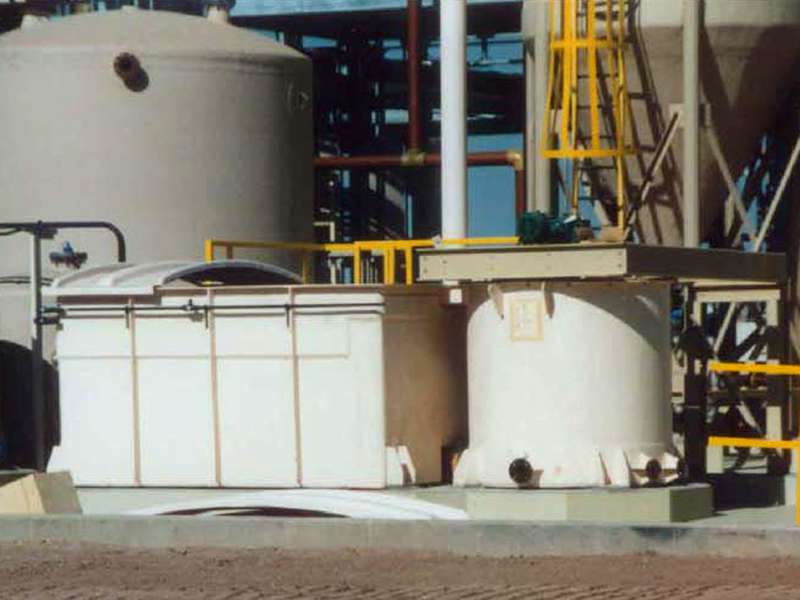
-
 Afrikaans
Afrikaans -
 Albanian
Albanian -
 Amharic
Amharic -
 Arabic
Arabic -
 Armenian
Armenian -
 Azerbaijani
Azerbaijani -
 Basque
Basque -
 Belarusian
Belarusian -
 Bengali
Bengali -
 Bosnian
Bosnian -
 Bulgarian
Bulgarian -
 Catalan
Catalan -
 Cebuano
Cebuano -
 China
China -
 China (Taiwan)
China (Taiwan) -
 Corsican
Corsican -
 Croatian
Croatian -
 Czech
Czech -
 Danish
Danish -
 Dutch
Dutch -
 English
English -
 Esperanto
Esperanto -
 Estonian
Estonian -
 Finnish
Finnish -
 French
French -
 Frisian
Frisian -
 Galician
Galician -
 Georgian
Georgian -
 German
German -
 Greek
Greek -
 Gujarati
Gujarati -
 Haitian Creole
Haitian Creole -
 hausa
hausa -
 hawaiian
hawaiian -
 Hebrew
Hebrew -
 Hindi
Hindi -
 Miao
Miao -
 Hungarian
Hungarian -
 Icelandic
Icelandic -
 igbo
igbo -
 Indonesian
Indonesian -
 irish
irish -
 Italian
Italian -
 Japanese
Japanese -
 Javanese
Javanese -
 Kannada
Kannada -
 kazakh
kazakh -
 Khmer
Khmer -
 Rwandese
Rwandese -
 Korean
Korean -
 Kurdish
Kurdish -
 Kyrgyz
Kyrgyz -
 Lao
Lao -
 Latin
Latin -
 Latvian
Latvian -
 Lithuanian
Lithuanian -
 Luxembourgish
Luxembourgish -
 Macedonian
Macedonian -
 Malgashi
Malgashi -
 Malay
Malay -
 Malayalam
Malayalam -
 Maltese
Maltese -
 Maori
Maori -
 Marathi
Marathi -
 Mongolian
Mongolian -
 Myanmar
Myanmar -
 Nepali
Nepali -
 Norwegian
Norwegian -
 Norwegian
Norwegian -
 Occitan
Occitan -
 Pashto
Pashto -
 Persian
Persian -
 Polish
Polish -
 Portuguese
Portuguese -
 Punjabi
Punjabi -
 Romanian
Romanian -
 Russian
Russian -
 Samoan
Samoan -
 Scottish Gaelic
Scottish Gaelic -
 Serbian
Serbian -
 Sesotho
Sesotho -
 Shona
Shona -
 Sindhi
Sindhi -
 Sinhala
Sinhala -
 Slovak
Slovak -
 Slovenian
Slovenian -
 Somali
Somali -
 Spanish
Spanish -
 Sundanese
Sundanese -
 Swahili
Swahili -
 Swedish
Swedish -
 Tagalog
Tagalog -
 Tajik
Tajik -
 Tamil
Tamil -
 Tatar
Tatar -
 Telugu
Telugu -
 Thai
Thai -
 Turkish
Turkish -
 Turkmen
Turkmen -
 Ukrainian
Ukrainian -
 Urdu
Urdu -
 Uighur
Uighur -
 Uzbek
Uzbek -
 Vietnamese
Vietnamese -
 Welsh
Welsh -
 Bantu
Bantu -
 Yiddish
Yiddish -
 Yoruba
Yoruba -
 Zulu
Zulu
Innovative Approaches to FRP Laundering and Its Environmental Impact
Exploring FRP Laundering Innovations in Composite Material Management
In recent years, the use of Fiber Reinforced Plastics (FRP) has surged across various industries due to their impressive strength-to-weight ratio, corrosion resistance, and versatility. However, as the demand for FRP products grows, so does the need for sustainable management practices, particularly regarding their lifecycle and disposal. One of the most innovative concepts emerging in this context is FRP laundering, a process that focuses on recycling and reprocessing FRP materials to minimize waste and environmental impact.
Exploring FRP Laundering Innovations in Composite Material Management
One of the primary drivers behind FRP laundering is the increasing awareness of environmental sustainability within industries that rely heavily on composite materials. Manufacturers are now under pressure to adopt greener practices, not just as a regulatory requirement but also as a means to enhance their brand image and appeal to environmentally conscious consumers. By investing in FRP laundering processes, companies can significantly reduce their carbon footprint, conserve natural resources, and contribute to a circular economy where materials are continuously reused.
frp launder

Moreover, the financial incentives for FRP laundering are significant. As the cost of raw materials increases and supply chains become more volatile, recovering fibers and resins can help mitigate financial risks. By establishing a closed-loop system, companies can decrease their dependence on virgin materials, leading to more stable pricing and supply. This not only enhances profitability but also fosters innovation in product design, encouraging manufacturers to create products that are easier to recycle.
The technological advancements in FRP laundering are also noteworthy. Companies are researching and developing innovative separation techniques that can efficiently extract fiber materials from polymer matrices with high purity. These methods, including mechanical grinding, pyrolitic processes, and chemical recycling, show promise in enhancing the quality of reclaimed materials, making them suitable for use in new applications.
Collaboration between industries, academia, and governmental agencies plays a critical role in making FRP laundering a widespread practice. By pooling resources and knowledge, stakeholders can develop standards and best practices that will accelerate the adoption of recycling technologies. Additionally, partnerships can drive public awareness regarding the importance of recycling FRP products, fostering a culture of sustainability within manufacturing sectors.
In conclusion, FRP laundering represents a significant step forward in managing the lifecycle of fiber reinforced plastics. As industries continue to evolve and prioritize sustainability, the implementation of effective recycling processes will be crucial. By embracing FRP laundering, manufacturers not only contribute to environmental preservation but also unlock new economic opportunities, paving the way for a more sustainable future. The shift towards responsible materials management is not just an industry trend but a vital necessity for our planet.
Latest news
-
High-Quality Fiberglass Car Bodies Durable GRP Car & Boat Body SolutionsNewsJul.08,2025
-
High-Quality Fiberglass Dual Lamination Product Manufacturer Durable FRP & GRP Dual Lamination SolutionsNewsJul.08,2025
-
Rectangular Tank with Dimensions for GRP Calculation Custom Fiberglass GRP Rectangular TanksNewsJul.07,2025
-
High-Quality Fiberglass Weir Custom FRP Weir & Fiberglass Tanks ManufacturerNewsJul.07,2025
-
CPVC FRP Pipe A Reliable Choice for Industrial Applications High Strength & Corrosion ResistanceNewsJul.07,2025
-
Fiberglass Scrubber for Effective Cleaning and Stain Removal – Superior Performance in Various ApplicationsNewsJul.06,2025









